Free Tropical Runtz seeds on orders over $150!
Root bound cannabis or root bound weed plants can be responsible for a great deal of problems for cannabis cultivators – but what is rootbound cannabis?
Cannabis cultivators encounter several issues between germinating seeds and harvesting their buds. Rootbound weed plants can cause several issues including pest problems and environmental factors, impacting overall growth and output. Here is all you require to know about rootbound cannabis plants, how it impacts development, and how to resolve the problem.
Root bound weed is a typical issue for inexperienced cannabis producers. It occurs when the plant’s roots have overrun the potting container and cannot extend and develop. This is a concern since cannabis roots must extend and develop for the plant to thrive and yield properly. When the container confines the roots, they cannot adequately absorb nutrients and water, resulting in malnutrition and nutritional deficiencies in the plant. As a result, the plants get weakened and finally die.
On the contrary, allowing your cannabis plant’s roots to grow and extend allows the plant to build a rich root system and absorb more nutrients, resulting in rapid development and higher output. Rootbound cannabis is most common in indoor grow rooms when the grower uses pots, but it can also occur in outdoor gardens when the roots’ growth is restricted by rocks or other foreign matters in the soil.
Cannabis grows according to its own set of regulations in nature. Wild landrace strains thrive, ranging from the Kush highlands to hidden Jamaican fields. These plants form sophisticated root networks deep in the earth, collaborating with innumerable microbes to keep the plant in place. However, domesticated cannabis strains are often subjected to vastly diverse growth circumstances. Plants placed in pots or even raised beds may seem constrained. When their roots run out of room, they bend, turn, and double back on themselves.
The cannabis roots will eventually fill practically all of the accessible areas. Therefore, they conform to the container to which they are restricted. This results in highly thick root balls that take on the form of their container, ranging from cuboid structures to cylindrical columns. Despite their great adaptability, rootbound plants are susceptible to various situations and are vulnerable to factors that restrict their potential. There are various reasons why root systems get constricted; here are the two most prevalent.
Rootbound cannabis plants are more likely seen by cultivators who mistime their transplanting. You are urged to move up photoperiod cannabis plants through increasingly larger pot sizes throughout the life cycle. This implies that the container’s size should create a “Goldilocks zone” at each stage—not too large to enable water and nutrients to escape, but not too tiny to generate a tangled root system. Conversely, misjudging when to pot up can result in plants quickly outgrowing their pots and having their roots tangled.
Many covert growers will go to any length to divert attention away from their botanical activities. This frequently entails growing plants in tiny pots for their life cycle. Although certain cultivators get good results with growing cannabis stealthily, the bound-up root system can cause issues during the growing process.
There are several symptoms of a rootbound cannabis plant. Some are obvious, while others might be difficult to discover until it’s too late. Knowing what to look out for and how to handle it is crucial for a healthy crop full of huge buds. Here are the main signs of rootbound cannabis plants:
Symptoms of rootbound cannabis plants include slowed development and smaller-than-expected buds. In this state, the crop cannot develop further. There is only an energy source for the branches and buds to grow if nutrients and water reach the leaves. You might have rootbound cannabis plants if your plant and buds abruptly cease developing. Experts advocate taking frequent measurements during the development process.
Cannabis plants demand certain macronutrients and micronutrients to keep them healthy and functioning. A lack of a particular nutrient will manifest as yellowing, dropping, browning, and curled leaves, among other symptoms. A bound root system is one of the elements that might contribute to these deficiencies. The root system will take up more nutrients as it grows thicker.
Plants will deplete the growth medium of minerals considerably faster when the need for nutrients increases while the container size remains constant. Finally, rootbound cannabis plants can start to display indicators of deficiency since cultivators are unaware that they are underfeeding a huge root mass underneath the surface.
On the contrary, when the roots have exceeded the pot, you may see signs of nutrient burn. Over-fertilization causes a nutrient burn, and symptoms include:
Since the roots can no longer grow, all of the nutrients absorbed by the plant in the root zone are directed to the plant rather than the roots.
Throughout the growing period, you should have a good idea of how heavy your plants are. Simply lifting the containers allows you to determine their weight. This not only helps you estimate when to water them again, but it can also indicate the increasing density of the root system. If your potted plant appears abnormally heavy even when dry, it’s time to pot on and let the roots free.
If your plant had water barely a day ago yet appears extremely dry, you may be dealing with a rootbound plant. The root mass will suck up any water it can handle as rapidly as possible, just like nutrient deficits do in the same scenario. If the root mass outgrows the growth medium, it will dry quickly, leaving your plant thirsty. Check that you’re watering your plants properly. Instead of dumping water into the container, water them gently and thoroughly.
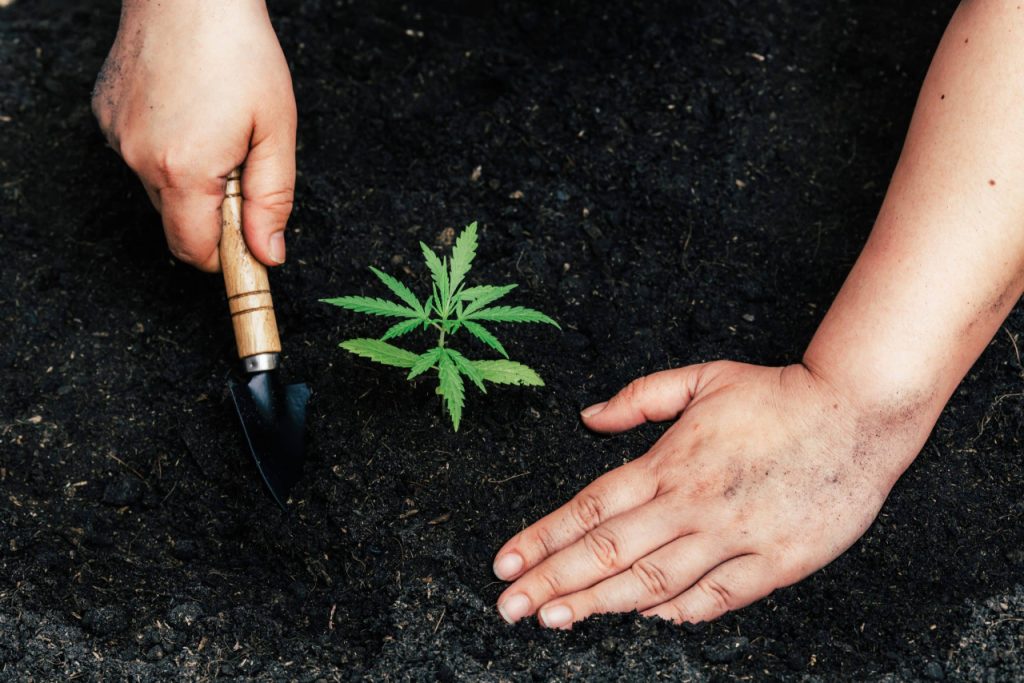
The root system will be sufficiently hydrated by a gradual and steady stream. If your plants still appear to be dry after watering using this strategy, assess the state of their roots and the size of the container.
For this one, use your eyes. If your plant appears too huge for its container, you should pot it on—unless you do it intentionally for stealth. Move your plants to the next size up when they get significantly broader than their pots.
Whether your cannabis plants exhibit one or more of the signs mentioned above, inspect their roots to identify if they have become bound. To do so, you should first take them from their pots. When you observe the cannabis roots through the holes at the bottom of the pots, you’ll know your crops have outgrown them. It’s time to give your plants a bigger and better home! With these four simple steps, you can have your plant flowering and healthy again:
Ensure the growing medium has reached an optimal consistency before transplanting. If your soil is excessively moist or too dry, it will crumble or break apart during the transfer, leaving the roots strained and exposed. Water your plants two days before transplanting. This will keep the moisture content in the ideal range and make the task as simple as possible.
When removing plants from their containers, avoid damaging the roots. Take a firm grasp on the stem of your plant, just above the soil line. Place your hand on top of the earth, with the stem between your fingers. Flip the plant over carefully and then try to remove the container. Most of the time, the container should pop right off.
If you’re having problems removing the container, slowly squeeze it around the side a few times. This aids in loosening the soil on the inside. If your plant refuses to emerge, take a long knife and glide the rear edge along the inside edge of the container. If nothing else works and your cannabis plant is completely root bound, attempt busting open the container as a final option.
When you successfully eliminate your rootbound cannabis plant from the container, the roots will develop a tight circle in the shape of the container. The roots are now entrapped and unable to expand freely. Before transplanting into a larger container, try loosening the compressed mess of roots to enable them to spread out again. You may do this gently with your fingers.
Cannabis pruning is eliminating portions of the plant. Clipping is critical for overall plant health. It’s also necessary for fixing a rootbound cannabis plant since you must clip the root ends before transplanting it into a new container. Clipping the tips of exposed roots eliminates dead ends, allowing the roots to recover and develop in their new environment. Pruning should be done cautiously because it might shock and injure your plant. Here are some excellent tips:
The final option for resolving a rootbound cannabis plant is transplanting it into a larger container. Cannabis transplanting isn’t difficult but must be done carefully and safely. This is because moving cannabis to a new pot may result in shock. To repot your cannabis plant, follow these steps:
If you follow these measures, the symptoms of rootbound will disappear, and the plant will resume normal growth.
It is pretty simple to avoid rootbound cannabis; understanding how to avoid it makes growth more manageable.
When developing cannabis, you must start with the right pot size. This is because of the rapid development of roots during the first few weeks of plant growth. A 5-gallon container is excellent for most cannabis strains. Conversely, for smaller cannabis strains, the size can be reduced to as little as 2 gallons and for larger strains, the size can be increased by some gallons.
In any event, avoid planting your cannabis in huge pots. Suppose the container is too large for the roots. In that case, nutrients may not reach the roots adequately, resulting in nutritional shortages, and you will have to compensate by adding extra nutrients to the solution, which may result in “hot” soil.
The notion of a tangled and bound root system worries many cannabis producers. Indeed, rootbound cannabis plants can develop circumstances that lower yields and harm plant health; however, identifying a rootbound plant is mainly based on common sense. Keep an eye on the plant’s size and any noticeable flaws. If your plants get rootbound, all it takes is a solid transplanting process to get them back on track.
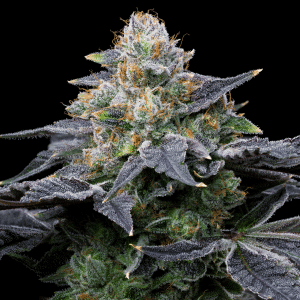
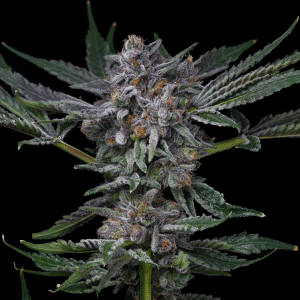
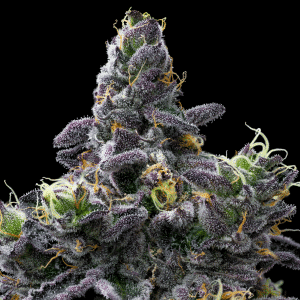
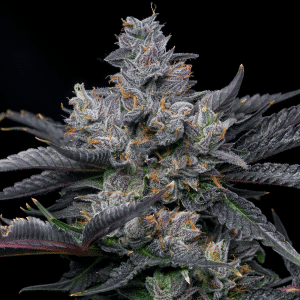
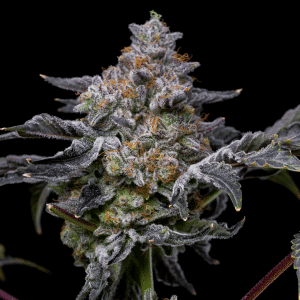
Offers
This product is not for use by or sale to persons under the age of 18. This product should be used only as directed on the label. It should not be used if you are pregnant or nursing. Consult with a physician before use if you have a serious medical condition or use prescription medications. A doctor’s advice should be sought before using any hemp products. All trademarks and copyrights are property of their respective owners and not affiliated with nor do they endorse this product. These statements have not been evaluated by the FDA. This product is not intended to diagnose, treat, cure or prevent any disease. By using this site you agree to follow the Privacy Policy and all Terms & Conditions printed on this site. All products contain less than 0.3% Cannabinoid-compliant with applicable Federal Laws. Please make yourself aware of any and all applicable laws regarding hemp in your jurisdiction. Premium Cultivars accepts no liability or responsibility regarding germination laws in any specific locale state or national jurisdictions.THCA products are not available for shipment to the following states: Hawaii, Idaho, Minnesota, Oregon, Rhode Island, Utah, Vermont *Note: Products with Total THC content above 0.3% must not be shipped to these states.
We want to help you get your hands on the seeds you want, take 20% off your next purchase when you enter your email below!
We want to help you get your hands on the seeds you want, take 20% off your next purchase when you enter your email below!